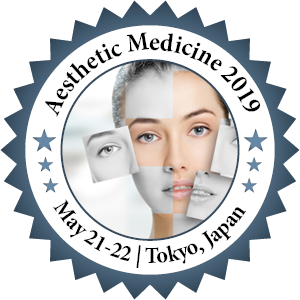
Clemens Esche
Founder of The Beautiful Skin Institute PLLC, USA
Title: Acne scar reduction: What is new?
Biography
Biography: Clemens Esche
Abstract
Inflammation is the single greatest reason for acne scar development. Consequently, the extent of scarring is associated with acne severity and delay in treatment. Each scar is different and therefore requires a customized approach. Acne scars are currently classified into 3 different types: (i) atrophic, (ii) hypertrophic and (iii) keloidal.
A net destruction of collagen in the dermis results in atrophic scarring. It can be further classified as ice-pick (narrow and deep, 60%), boxcar (1.5-4 mm wide, 25%) or rolling (15 %). Less commonly, there is a net gain of collagen that results in hypertrophic or keloidal scars. Ice-pick (deep pit) scars are frequently the most severe, and, unfortunately, represent around 2/3 of cases. Fraxel or CO2 laser treatment have been considered the gold standard until recently. However, fractional radiofrequency and also the Chemical Reconstruction of Skin Scars (CROSS) technique tend to be superior to even the most advanced fractional laser for the treatment of ice pick and deep scarring. They also tend to work well for the boxcar and deep rolling scars. Four treatments at monthly intervals will serve many patients well. An added benefit is the shorter recovery time compared with Fraxel laser. TCA CROSS involves a high-strength TCA peel (50-100%) applied to the base of the scar to ablate the epithelial wall and to promote dermal remodeling. The degree of clinical improvement is proportional to the number of sessions.
Hypertrophic and keloidal scars can be injected with corticosteroids, 5-fluorouracil, bleomycin or verapamil. Alternatives include silicone dressings and cryotherapy. Freezing from within with cryoshape is advocated periodically.
Numerous 2017 publications challenge the cosmetic procedural delay following oral isotretinoin therapy. An algorithmic approach summarizes the updated recommendations.

